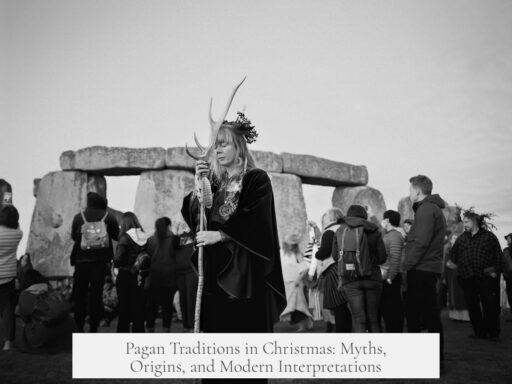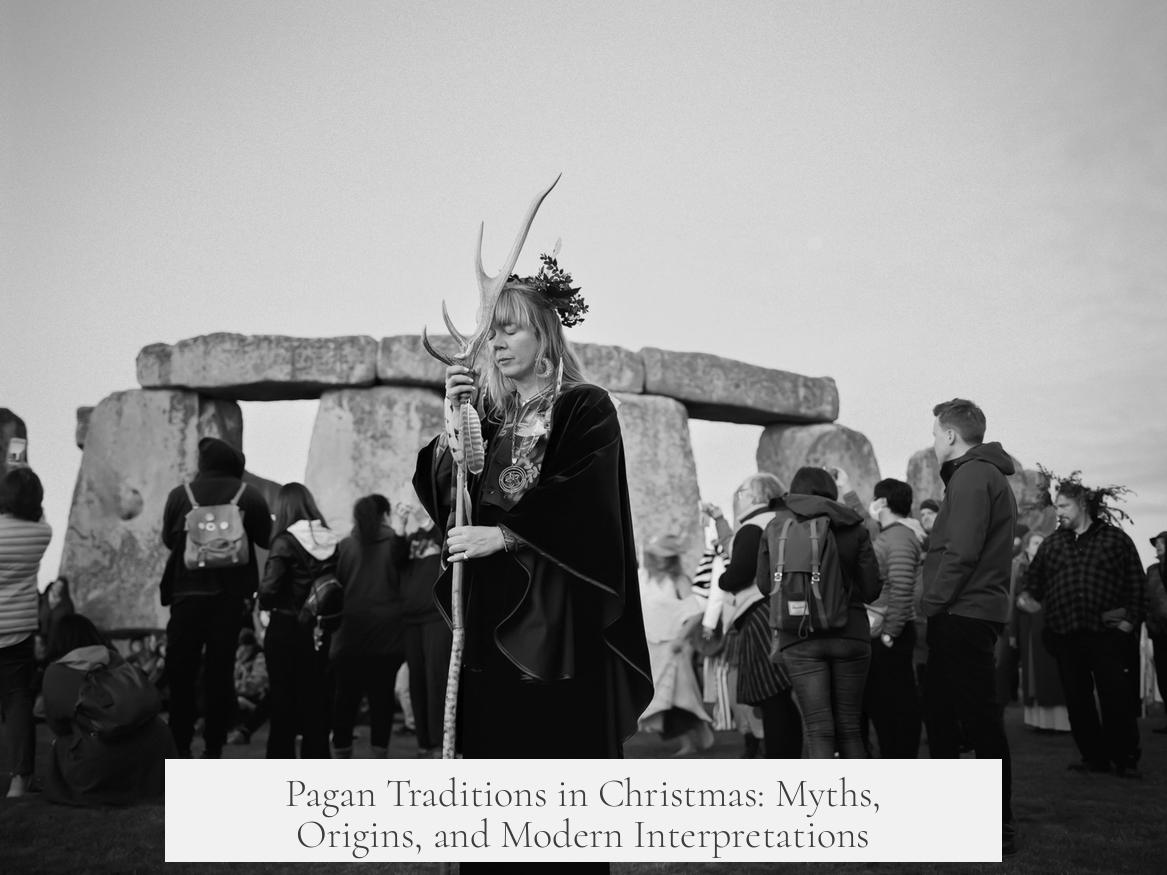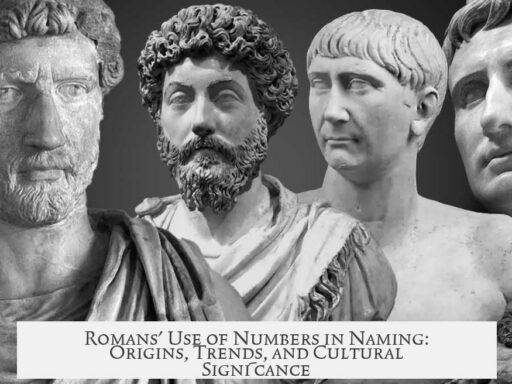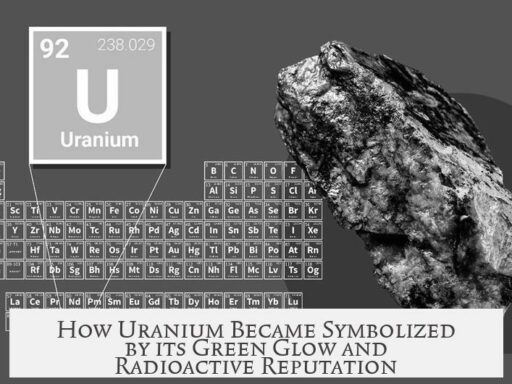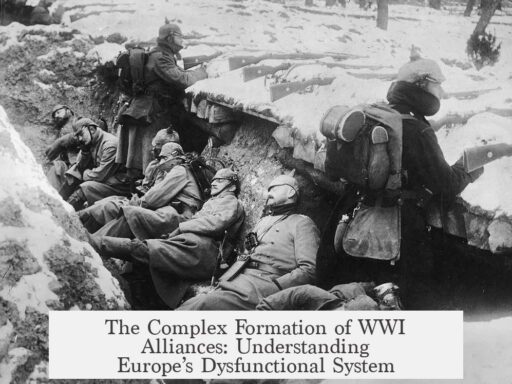Modern Christmas traditions include very few direct pagan elements; most customs are recent and rooted in Christian and Protestant practices from the 16th to 19th centuries. The association between paganism and Christmas is often overstated. Several traditions commonly thought to be pagan either have tenuous links or originated independently from ancient rituals.
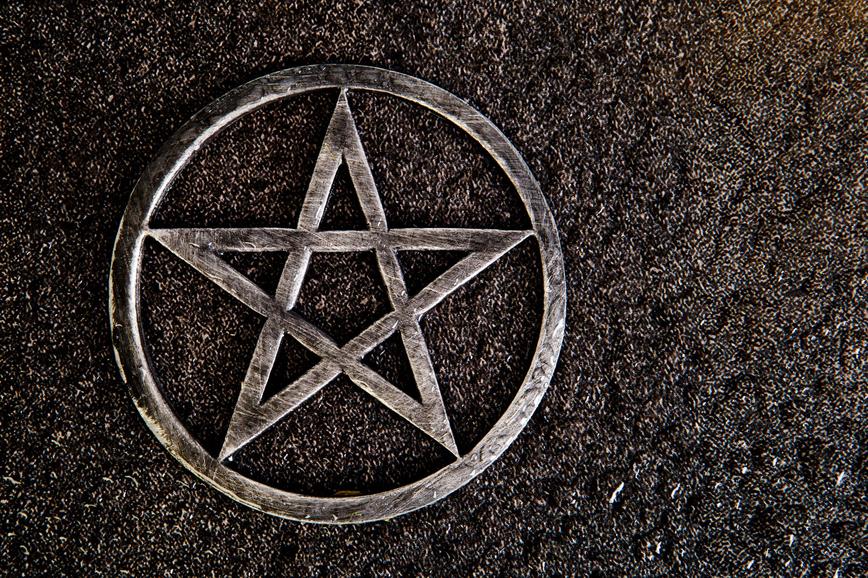
Many early English Christmas customs, such as wassails, mummers’ plays, and horn dances, trace back centuries but were largely abandoned before the Victorian era. Some, like charitable giving, persist but are no longer uniquely tied to Christmas.1
The Christmas log, mentioned in Robert Herrick’s 17th-century poetry, remains one pre-Victorian custom still observed in some form. Seasonal songs, like “Here We Come A-Wassailing,” survive with folkloric heritage but lack explicit pagan meaning. The “Boar’s Head Carol” may connect to a Norse Yule custom involving a sacred boar from the 9th–10th century, but this link is speculative and undocumented.1
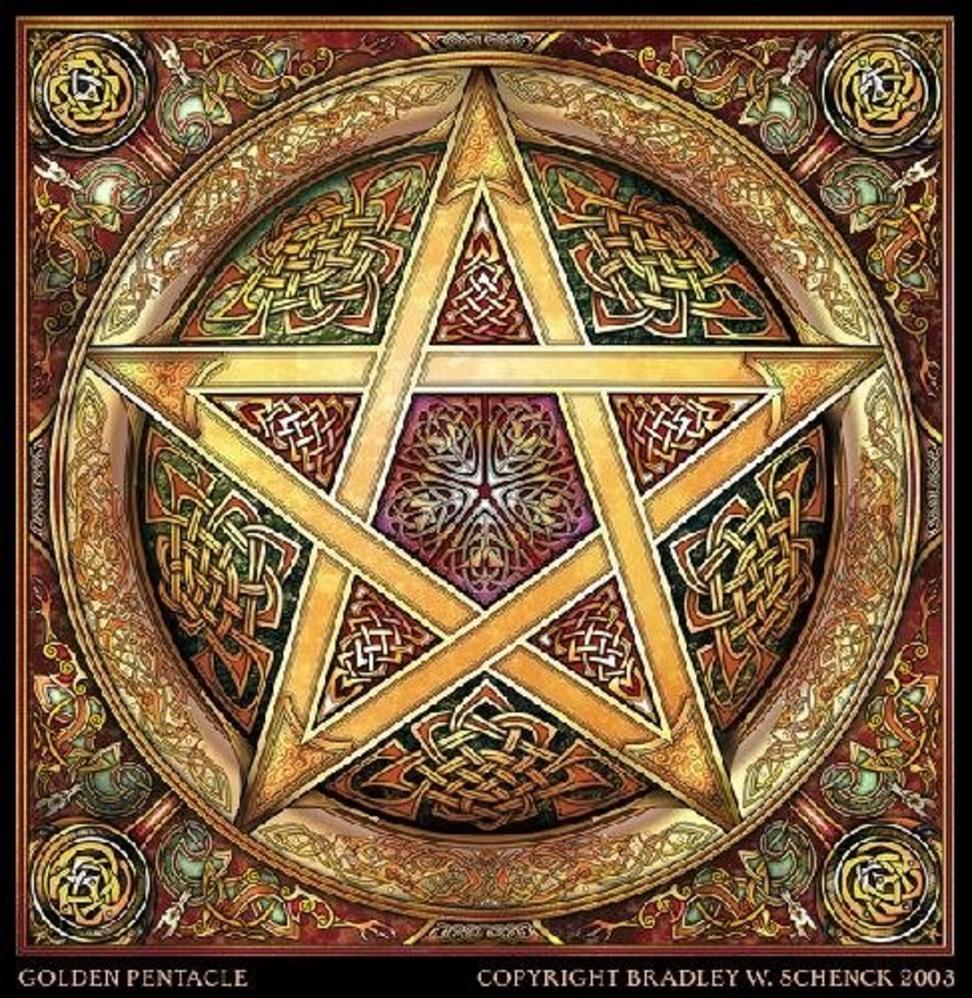
Modern anglophone Christmas customs mostly descend from Lutheran Germany, influenced by Reformation efforts to secularize and de-Catholicize the holiday. They re-emerged in England through Victorian nostalgia less than 200 years ago.1
| Custom | Origin | Pagan Connection |
|---|---|---|
| Decorated Christmas tree | 16th-century Germany; popularized in England 1840 by Prince Albert | None |
| Advent wreath | Lutheran custom; popularized 1839 | None |
| Santa Claus figure | Derived from St Nicholas and Christkind; combined in 19th century Germany | No credible link to Norse Odin |
| Christmas cards | Introduced 1843 | None |
The popular claim that Santa Claus originates from Odin is dismissed by experts. Santa’s flying reindeer relate more to Dutch Sinterklaas traditions involving chimneys than to pagan myths.1
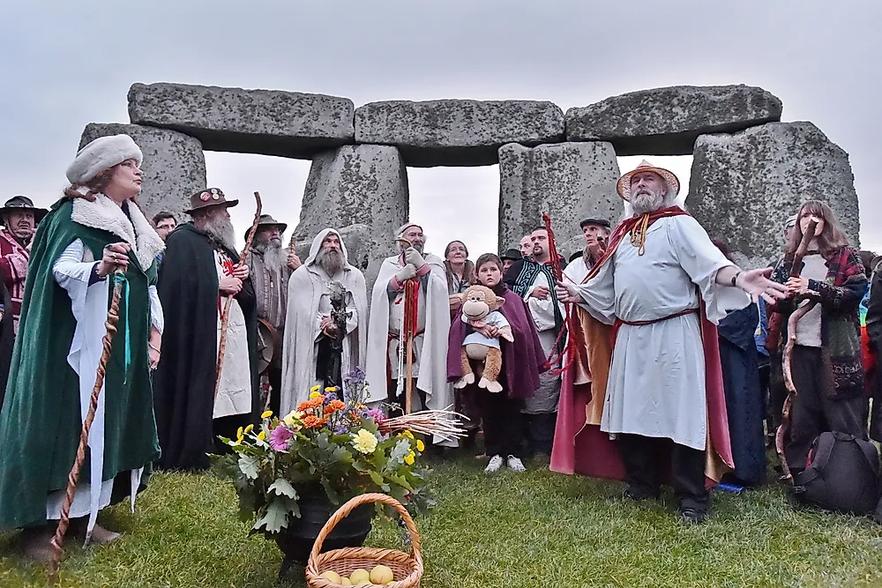
Regarding ancient festivals, Yule, known as “jól” in Old Norse, was a season rather than a specific festival. Surviving Norse Yule customs from the 9th–10th centuries show almost no continuity with modern Christmas except the boar procession, revived only in recent times.1
Contrary to popular belief, Saturnalia—the Roman mid-winter festival—shares no connection with modern Christmas, separated by time, geography, and cultural context.1
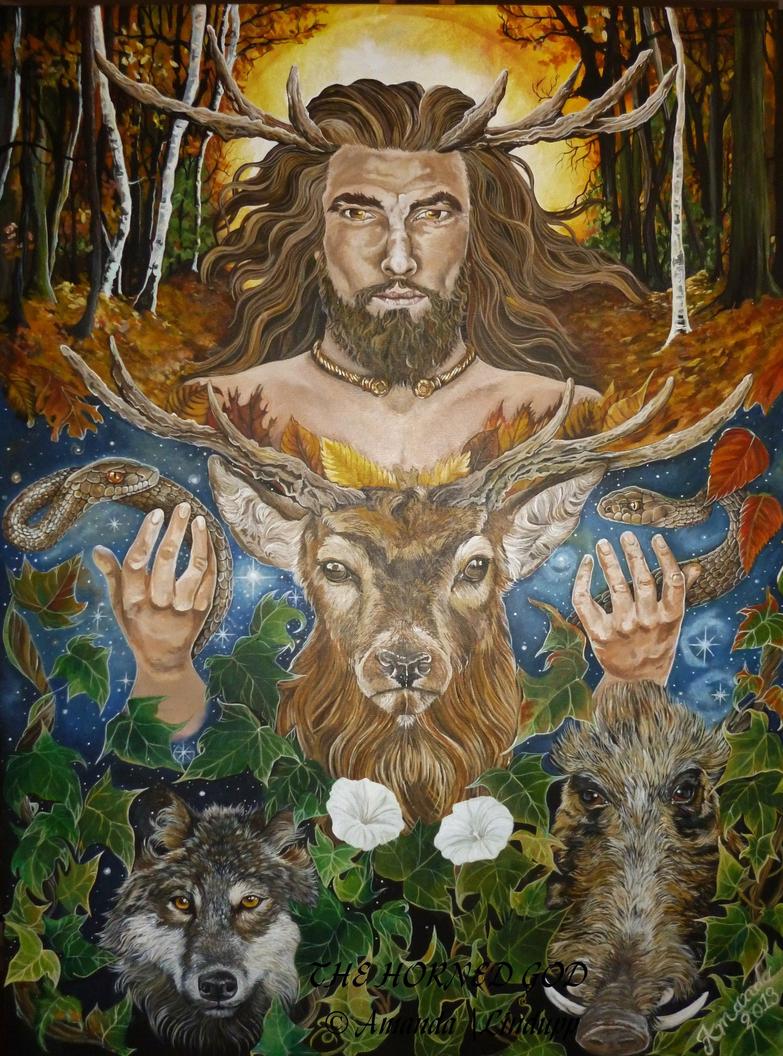
Greenery decorations such as holly and ivy appear in late medieval church records around Christmastide, especially in urban parishes. These plants’ presence in rural areas likely went unrecorded because they grew locally. While green decorations predate Christianity in many cultures, their specific use at Christmas is documented from roughly the 1400s onward.1
Mistletoe enjoys a special place in popular imagination. Classical sources like Pliny the Elder note its sacred role among Gaulish Druids for fertility and protection. However, this use is tied to irregular botanical phenomena, lunar phases, and a different region. No evidence supports mistletoe’s use in pre-modern Christmas celebrations in England.1
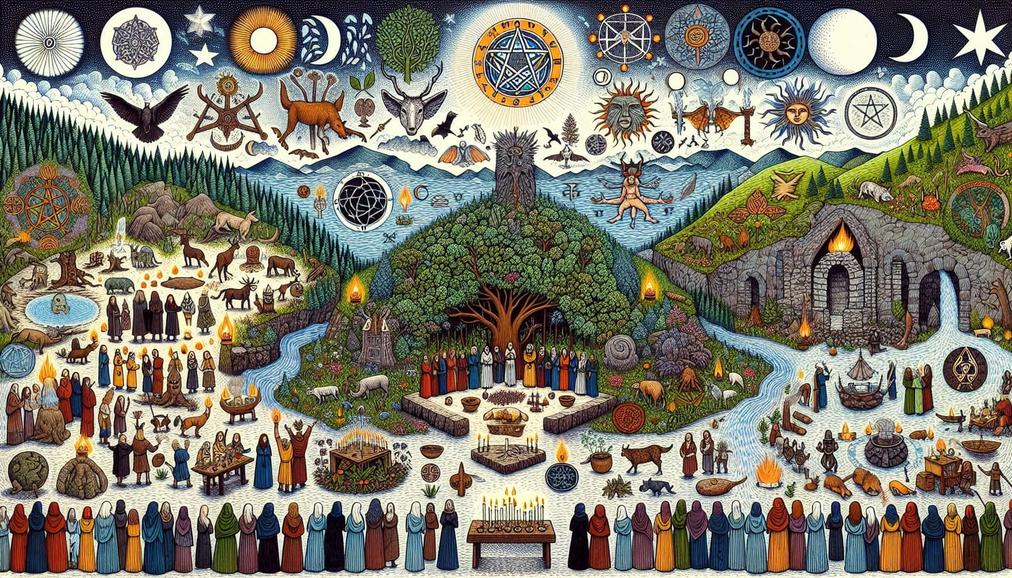
Overall, decorating with greenery might be considered “pagan” in a broad, historical sense because plants have long played roles in seasonal rituals. Yet specific Christian Christmas customs do not carry arcane or magical meanings attributed to these plants.1
Modern Christmas traditions do not derive directly from pagan ceremonies but are recent cultural developments. Ancient and medieval practices like Yule or Saturnalia have minimal or no influence on contemporary customs.
- Christmas customs largely stem from 16th–19th century Protestant Germany and Victorian England.
- Early English customs with pagan hints mostly faded by the Victorian era.
- Greenery and some ritual motifs have distant pagan roots but no direct continuity.
- Skepticism about linking Santa Claus or popular customs to Odin or Saturnalia is warranted.
- Ancient church readings and the December 25 date provide the only genuinely ancient elements of Christmas.
In summary, Christmas as celebrated today combines Christian tradition with recent cultural inventions. Pagan connections are weak, often speculative, or symbolic rather than direct. It is more accurate to view modern Christmas customs as modern inventions inspired by varied historical layers rather than an extension of ancient pagan ritual.
Pagan Traditions in Modern Christmas: Myth vs. Reality
Are modern Christmas traditions really rooted in pagan customs? The short answer: not really. Surprised? Well, buckle up for a festive ride through history, myth, and the curious twists that shaped the holiday we all know—even if you don’t exactly know where half the customs came from.
Christmas, as celebrated today in English-speaking countries, is mostly a modern invention, with a few scattered hints of ancient practices. Not much of the so-called “pagan” is actually part of the core Christmas spirit. Let’s unwrap the layers.
Ancient Customs that Didn’t Make the Sleigh Ride
If you peek back into pre-Victorian England, you find a grab bag of quirky holiday customs—wassails, mummers’ plays, misrule, horn dances, and Twelfth Night celebrations. These were lively, community-driven events full of singing, acting, and sometimes chaos. Wassailing, for instance, involved going door to door singing greetings and offering good wishes for crops and health.
These traditions, referenced by historian Ronald Hutton in The stations of the sun, were likely linked to older seasonal and pagan concepts, but most have vanished from mainstream Christmas observance. And charity to the poor? Still around, but divorced from the Christmas brand.
One enduring relic is the Christmas log. This custom, which involves burning a large log on the hearth, dates back to at least the 1600s, with literary nods from poets like Robert Herrick. It’s cozy, it’s warm, and it’s one of the few pre-Victorian customs that survived the holiday’s style makeover.
Singing Through History: Pagan Hints in Carols?
“Here we come a-wassailing” still rings out during the holidays but its pagan roots are more shadow play than spotlight. The 15th-century “Boar’s head carol” might connect with a Norse Yule custom involving a sacred boar procession. However, that’s speculative at best. Norse Yule itself was more a season than one big party, covering two months and not overlapping neatly with modern Christmas.
Modern Christmas Origins: The Lutheran Twist
Most Christmas traditions we take for granted come from 16th to 19th-century Germany, specifically from Lutheran communities. This Protestant shift aimed to “de-catholicize” celebrations, shaping many customs now common in English-speaking countries—introduced in the Victorian era with a nostalgic flair. So yes, your Christmas tree’s roots are German, thanks to Prince Albert’s 1840 introduction to England. The advent wreath, Santa Claus, and Christmas cards also date roughly to that time frame and locale.
This means your festive garland is not exactly ancient pagan magic but part of a relatively recent European Christian tradition. Santa Claus himself emerged from a blend of the German Christkind and St. Nicholas, not Odin or other wild Norse gods. Rumors linking Santa’s flying reindeer to Dutch tales of Sinterklaas jumping chimneys have some merit, but the idea that Santa moonlights as a Viking shaman? Let’s leave that in the North Pole folklore bin.
Greenery and Symbolism: More Complex Than You Think
Holly and ivy—yes, those prickly and winding plants decking your halls—have been part of English Christmas decorations since at least the late Middle Ages. Parish records show churches buying holly and ivy around Christmastide, suggesting these plants were festive staples. Since rural areas had ready access to these plants, they often escaped official documentation but were likely just as common there.
While these plants might seem like a nod to pagan fertility rites or nature worship, the truth is more mundane. Historian Ronald Hutton considers the plants decorative rather than sacred, without magical or religious powers specifically tied to Christmas. Simply put, holly and ivy probably survived as winter greens because they’re evergreen and pretty—not because spirits demanded it.
What about mistletoe? Its link to pagan magic is often repeated, thanks to Pliny the Elder’s writings about Druids in Gaul treating mistletoe as sacred and a fertility symbol. But these beliefs were rare botanical events, disconnected from seasonal festivals, lunar calendars, and located far from early English or German Christmas traditions. Historical evidence shows no mention of mistletoe in Tudor Christmas celebrations or earlier. So the romantic mistletoe myth doesn’t hold much historical water.
On Saturnalia and Other Great Pagan Myths
Here’s a party pooper: Saturnalia, the Roman festival famous for merry chaos, gift-giving, and role reversals, has no direct connection to Christmas customs in England or Germany. Time and geography separate them by over a millennium and a thousand kilometers. It’s a neat story but more coincidence than influence.
The Takeaway? Christmas Is Modern, Not Pagan
While some Christmas elements borrowed names or vague themes from ancient seasonal festivals, the rituals we practice—trees, cards, Santa, wreaths—stem from relatively recent religious and cultural shifts. The few ancient bits left—such as church readings and one old Christmas hymn—are genuinely old but don’t carry the pagan festive weight popularized by myths.
In essence, what we celebrate is a holiday reinvented through centuries, mixing medieval, early modern, and Victorian traditions. Pagan roots? Sparsely scattered, dubious, and minor. Modern Christmas customs are not pagan-themed rituals sneaking through history; rather, they reflect evolving traditions informed by religion, society, and a good dose of holiday cheer.
What Can We Learn from This?
So, next time someone winks knowingly about pagan secrets hidden in Christmas, you can smile and say, “Not really.” But don’t toss out your holly or stop singing carols. These merry traditions enrich our holiday because they connect us to the past—both ancient and recent—in a way that feels joyful and familiar.
And hey, isn’t that the real magic of Christmas?
